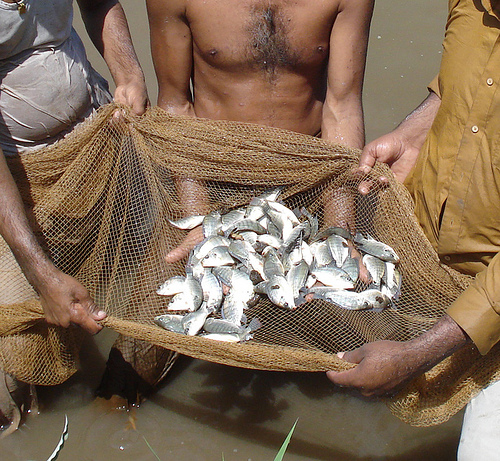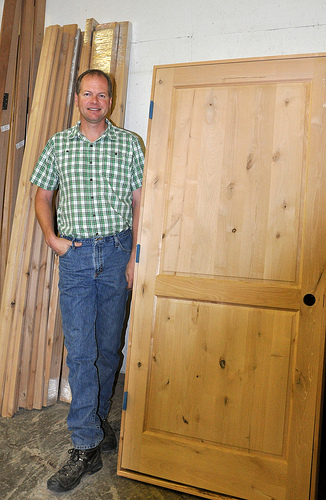
U.S. Winter Wheat Progress - Percent emerged September 30, 2012. Click to enlarge image.
Based on data since 1995, U.S. corn and soybean harvests are proceeding at a record pace. By September 30, 2012, more than one-half (54%) of the corn had been harvested, nearly three times the five-year average of 20%. During the preceding 17 years, the record amount of U.S. corn harvested by the end of September had been 35% in 2000. Similarly, 41% of the soybeans had been harvested by September 30. Prior to this year, the record-setting soybean harvest pace by September 30 had also been 35% in 2000. Read more »
When Dave Nowak of the U.S. Forest Service and Scott Maco of Davey Tree Expert Company began collaborating on the creation of a suite of urban forest analysis tools called i-Tree, they imagined that users would be mostly city foresters from the United States.
Six years later, the U.S. Forest Service is releasing i-Tree version 5.0 with changes inspired by users from 105 countries. Version 5.0 is upgraded to rapidly assess urban trees and forests throughout Canada and Australia, two of the countries leading i-Tree’s international expansion.
“It’s neat to see how this program has grown,” Nowak said. “We didn’t expect this kind of response, but the i-Tree partnership has done an outstanding job in reaching potential users.” Read more »

Workers hold a net full of tilapia at a fish farm in Pakistan. The fish are part of the American Soybean Association’s (ASA) World Initiative for Soy in Human Health (WISHH) program called “FEEDing Pakistan.” The Foreign Agricultural Service (FAS) helped fund the program, which aims to enhance the country’s growing aquaculture sector through trial fish feeding using high–protein, floating fish feed produced from U.S. soybean meal. (Courtesy World Initiative for Soy in Human Health)
An innovative Foreign Agricultural Service (FAS)-funded program in Pakistan is not only improving local diets, but is creating jobs, training workers and helping create a thriving aquaculture industry with U.S. soy. Read more »
Over its 15-year history, wood door manufacturer Pacific Pine has seen its share of good times and tough times. In 2007, the company was running strong with solid sales and nearly 70 employees. To sustain the momentum and continue to grow, they decided to take on short-term debt for large machinery and equipment. It wasn’t long, however, before the housing market and overall economy slid downhill, taking the company’s sales along with them. By 2009, Pacific Pine had reduced their staffing level to 30 and made dramatic changes to operations. At the same time, many conventional banks were having problems of their own. As a result, Pacific Pine’s lender decided they would not continue to carry Pacific Pine’s line of credit.

Having weathered tough economic times, Pacific Pine Products, Inc. is on track to have a record year for 2012, hammering out roughly 5,000 doors each month. “I can’t believe there are so many people buying doors,” says company vice president Greg Larson (shown with product).
Read more »



